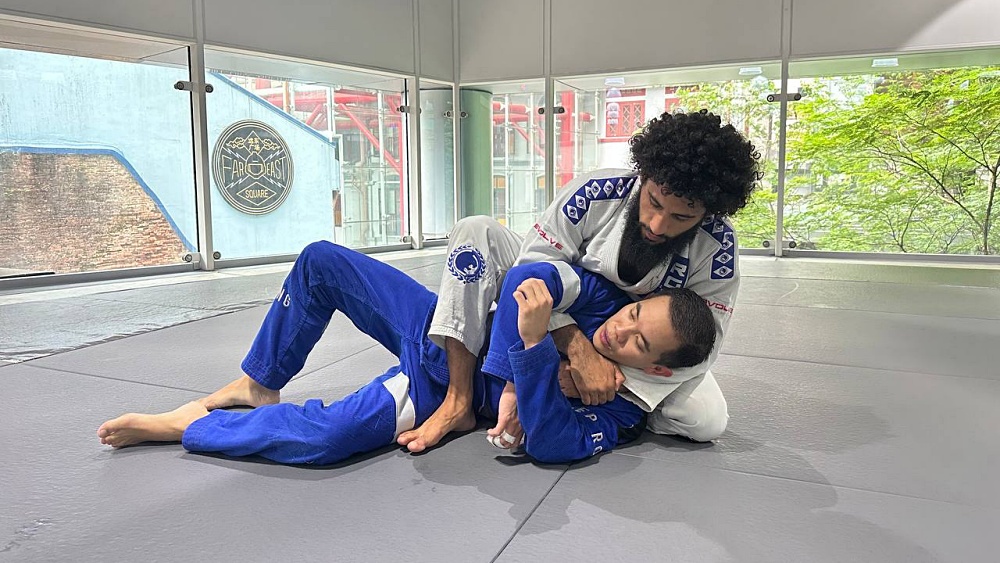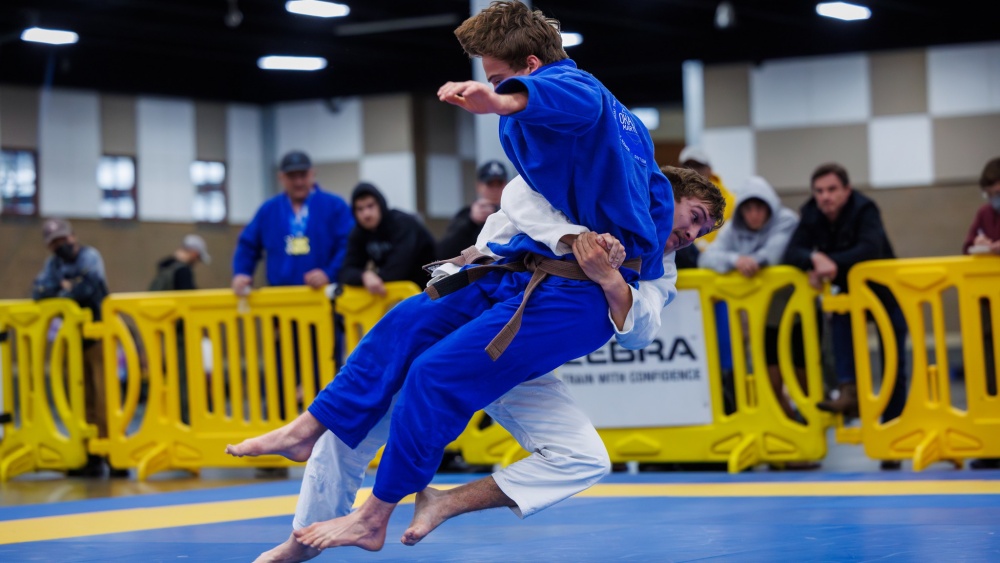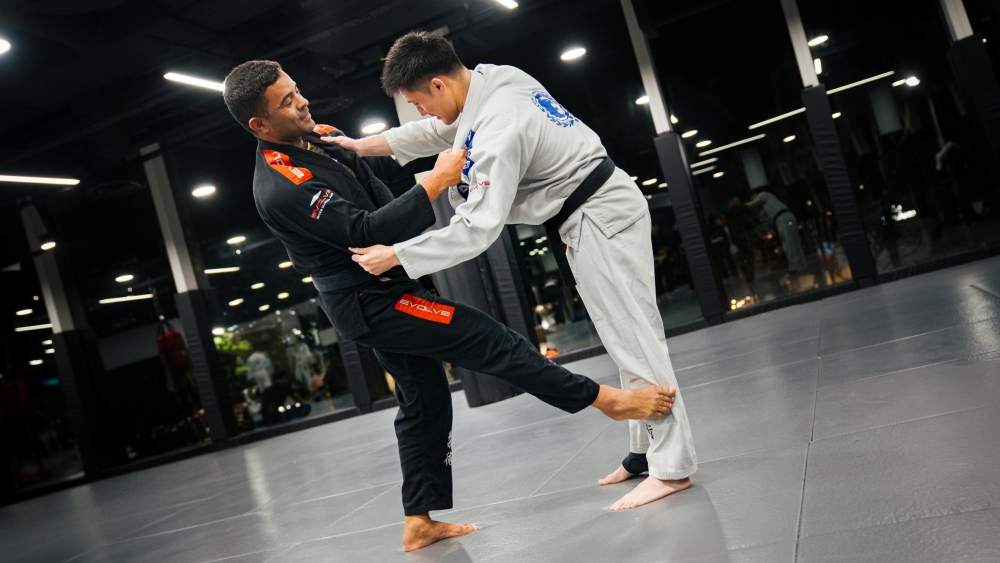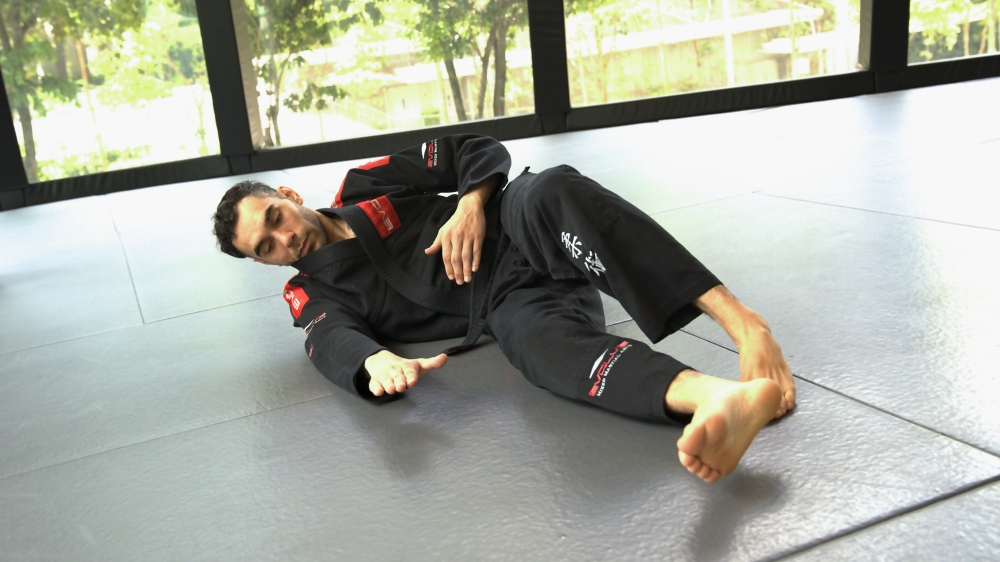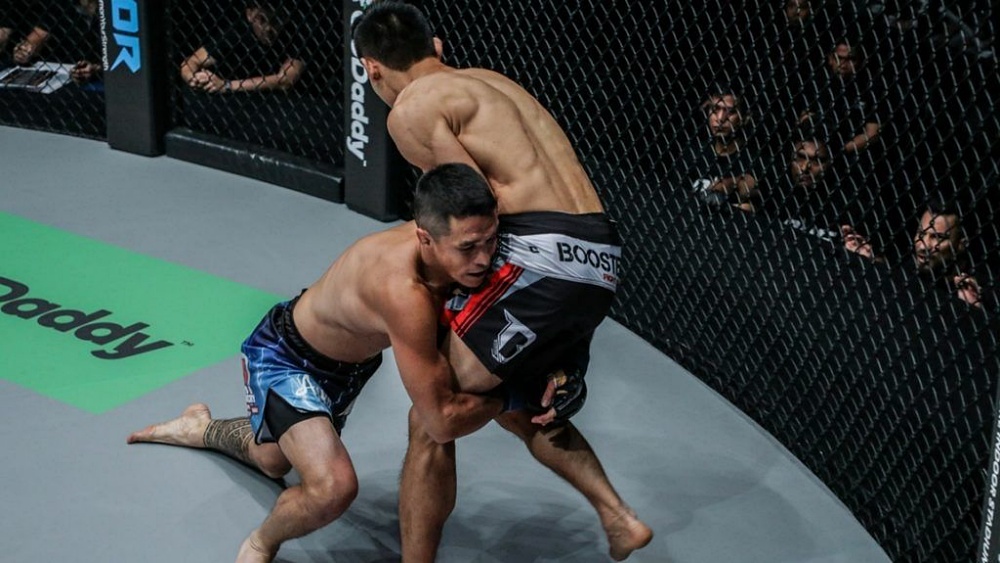The technical mount is one of the most dominant positions in Brazilian Jiu-Jitsu. From this position, your opponent can apply a range of submissions and transitions, leaving you with limited options to defend. While it’s a challenging position to escape, learning effective and easy techniques can give you the tools to turn the tide in your favor. Today we will talk about a couple of fundamental escapes from the technical mount.
The Importance Of Escaping Pins
Escaping pins in Jiu-Jitsu is an essential skill that every practitioner must develop. When you’re pinned, you are at a significant disadvantage, unable to mount an effective offense and vulnerable to submissions. Escaping allows you to neutralize your opponent’s control, regain defensive posture, and transition to offensive opportunities.
The technical mount is a particularly annoying position. Your opponent can control your upper body while isolating your arms, making it hard to bridge or shrimp effectively. By mastering escapes from the technical mount, you can avoid being trapped and turn potentially dangerous situations into opportunities for counterattacks.
Defensive To Offensive Cycles
In Jiu-Jitsu, defense and offense exist in a continuous cycle. Escaping from the technical mount is not just about survival; it’s about creating opportunities to regain control or launch your own attacks. Each escape technique discussed here transitions seamlessly into positions where you can regain the initiative.
For example, the elbow escape can lead to half guard, a strong defensive position that offers numerous sweep and submission options. Similarly, transitioning to deep half guard, shin sweep, or single leg X positions allows you to attack while keeping your opponent off balance. Understanding how to link your escapes to offensive techniques is key to developing a well-rounded game.
Elbow Escape – 5 Techniques
The elbow escape is the foundational technique for our technical mount escape series. By framing with your arms and using hip movement, you create space to reposition your legs and escape. Each variation of the elbow escape offers unique advantages and transitions into different positions.
The basic elbow escape involves framing against your opponent’s knee with your elbow while bridging your hips. As you create space, slide your knee under their leg and recover guard. This fundamental technique is simple yet effective, making it a must-know for practitioners of all levels.
The elbow escape to half-guard builds on the basic technique, with a focus on transitioning into a strong defensive position. After framing and creating space, insert your bottom leg under their shin and establish a half-guard. From here, you can work on sweeps like the knee shield sweep or attack submissions such as the kimura.
The elbow escape to deep half-guard is an excellent option for practitioners who are comfortable in this advanced position. As you perform the elbow escape, use your bottom leg to create leverage and pull yourself underneath your opponent. Once in deep half guard, you can off-balance (kuzushi) your opponent and utilize sweeps like the waiter sweep or transition to single leg X.
The elbow escape to shin sweep is a dynamic option that combines defense with a direct counter. After framing and escaping your hips, position your shin across your opponent’s abdomen and use it to sweep them to their back. This technique not only escapes the technical mount but also transitions directly to top control.
The elbow escape to single leg X is a great technique that transitions to a powerful attacking position. As you perform the elbow escape, use your leg to hook around your opponent’s leg and establish single leg X. From this position, you can go for leg locks like the straight ankle lock, or off-balance your opponent to sweep.
General Tips
While each escape technique has unique mechanics, there are general principles that apply to all escapes from the technical mount. Staying calm is crucial, as panicking can lead to poor decision-making and wasted energy. Focus on controlled movements and precise technique. Protecting your neck and arms is essential, as the technical mount offers numerous submission opportunities for your opponent, such as chokes and armbars. Always prioritize defending these threats while setting up your escape. Effective hip movement is critical for creating space and off-balancing your opponent.
Practice bridging and shrimping to improve your ability to escape tight positions. Framing effectively with your arms helps block your opponent’s movements and create the space needed for your escapes. Anticipating transitions is also key; be ready to seamlessly move into the next position after escaping. Whether it’s recovering guard or moving into an offensive position, anticipate the flow of the match.
Other Considerations
While escaping the technical mount is important, it’s equally crucial to prioritize safety for both yourself and your training partner. Avoid explosive movements, as uncontrolled efforts can lead to potential risks. Focus on smooth and precise techniques. Communicate with your partner during drills and sparring to ensure mutual safety and effective practice. Protect vulnerable areas such as your neck and arms to avoid falling into submissions during escape attempts. When practicing escapes, drill with control, starting with light resistance and gradually increasing intensity as you become more comfortable with the techniques.
Conclusion
Escaping the technical mount is a fundamental skill that every BJJ practitioner should develop. By mastering the techniques we shared in this article, you can neutralize your opponent’s control and transition to offensive opportunities.
Remember, the key to success lies in consistent practice and attention to detail. Drill these techniques regularly, focus on proper mechanics, and apply them in live sparring scenarios. Over time, you’ll develop the confidence and skill to escape the technical mount against a variety of opponents. Whether you’re training for competition or just equipping yourself for self-defense, these escapes will elevate your game and make you a more versatile grappler.
You may also like:
ONE Championship Changing The Grappling Scene: What To Expect In 2025
3 Positions And Techniques To Reverse And Counter The Underhook In BJJ
